Interview with Meryl Ain, co-author of 'The Living Memories Project'
Meryl
Ain wrote her first poem in the third grade and has been writing ever since.
She is a blogger for Huffington Post
and often writes about families, parenting, children, and education. After she
lost both her father and mother within a year-and-a-half, she decided to
research how others keep alive the memories of their loved ones. She enlisted
her husband, Stewart, and her brother, Arthur Fischman, to join her in
researching and writing The Living
Memories Project, http://thelivingmemoriesproject.com/. Meryl earned a BA from Queens College, a MA from Columbia University Teachers College, and an Ed.D. from Hofstra University. She began her career in
education as a social studies teacher before she became an administrator. She
and her husband Stewart live on Long Island and have three sons, three
daughters-in-law and three grandchildren.
Their latest book she
co-authored with Steward Ain and Arthur M. Fischman is the nonfiction, The
Living Memories Project: Legacies That Last.
Visit their website at www.thelivingmemoriesproject.com.
Q: Welcome to The Writer's Life! Now that your book has been published, we’d
love to find out more about the process.
Can we begin by having you take us at the beginning? Where did you come up with the idea to write
your book?
When my mother died after a brief illness in
2006, I was bereft. Although I was happily married with a family, I confess I
didn’t know how I was going to go on without my mom. I was in a funk, going
through the motions but not really enjoying it. I was told it would get
better after a year and that I needed closure. I began speaking with my friends
about how to achieve it and came to the conclusion that there is no closure
with those we love deeply. They are in our lives and in our hearts forever,
although they are not physically present. Some keep alive their memories
through small acts, such as looking at photos and making recipes. Others
do big things to carry on the legacies and values of their loved ones, such as
establishing foundations.
My mother was essentially a cheerful,
optimistic person. When I was bored, sad, or depressed, she would say:
“Get yourself a project.” So I decided my project would be to interview people
about how they keep alive the memories of their loved ones. I was hoping to get
ideas from them, and to heal myself. I enlisted the support of my husband,
Stewart, and my brother, Arthur, and together we captured the stories of more
than 30 individuals who created tributes – big and small – as living
memorials. The project was therapeutic and cathartic for us; not only did
it give us wonderful material, but it turned into an inspiring book and an
amazing tribute to my mom.
Q: How hard was it to write a book like this and do
you have any tips that you could pass on which would make the journey easier
for other writers?
The most challenging part of the book was gathering the
narratives of others. We included people who had inspiring stores – some famous,
some not. Don’t be afraid to ask; the worst that can happen is that you will
get a no. But if you ask many people, you will be successful. Some of the individuals shared stories, which
were incredibly ambitious, some as simple as looking at photographs or
following a recipe. We approached people who we believed had an interesting
story to tell. We are so grateful to all who participated. And we learned some
interesting things! For example, Yankee great Babe Ruth was a humanitarian who
signed a full-page ad that appeared in the New
York Times in December 1942 criticizing Nazi Germany for its persecution of
Jews. We also learned that George Clooney’s human rights work had its genesis
in the lessons about social responsibility taught to him by his grandfather.
And, that Lynda Johnson Robb gave her mother’s (Lady Bird Johnson’s) scarves to
her mother’s favorite friends to share her memory.
We were fortunate that the three of us have
different strengths and we played off each other, and this made for a great
team. I don’t think I could have executed the book by myself, so if you can
find the right collaborators, it can make the process easier.
Q: Who is your publisher and how did you find them
or did you self-publish?
Our publisher is Little Miami Publishing Company, a
small independent publisher. My brother-in-law, Howard Ain, who is a TV
reporter in Cincinnati, introduced us
to the publisher, Barbara Gargiulo. Her mother was dying, and she said the book
resonated with her.
Q: Is there anything that surprised you about
getting your first book published?
It is very difficult and time consuming process to
find a publisher if you are not a celebrity.
Q: What other books (if any) are you working on and
when will they be published?
We have asked people to share with us on our
website their own stories of keeping alive the memories of their loved ones. We
are hoping this will lead to a sequel.
Q: What’s your favorite place to hang out online?
I like Facebook. We have thousands of likes on The
Living Memories Project Facebook page, and our friends and followers are very
supportive. It’s easy to get a message out quickly and you get instant
feedback! And of course, we have our book website.
Q: Finally, what message (if any) are you trying to
get across with your book?
There is no such thing as closure. We
believe that since our loved ones will always be with us, why not incorporate
that person’s values, spirit and personality in a positive way? Remembering the
values and zest for life of a loved one can be as easy as hanging up their
picture, playing their favorite song or wearing their favorite scarf. Loved
ones die only if you let them. As Malachy McCourt puts it so memorably in
Chapter One of our book, death is not
fatal. A person’s values and goals
don’t have to end when he or she dies. The loved ones they leave behind are
here to build upon and carry on their work.
Q: Thank you again for this interview! Do you have any final words?
There’s
something in our book for everybody. Of
course not everyone can start a foundation, but it doesn’t take much money or
time to look at photos or write a poem or follow a recipe or wear a particular
item of clothing or a particular color at a family event. There are many little things we can do that
preserve memory. As long as these
reflect the kind of person the deceased really was, they are just as effective
in helping us recover from loss as the more expensive, time-consuming ones.
Website: thelivingmemoriesproject.com
Facebook: Facebook.com/LivingMemoriesProject
Twitter: @LivMemoriesProj






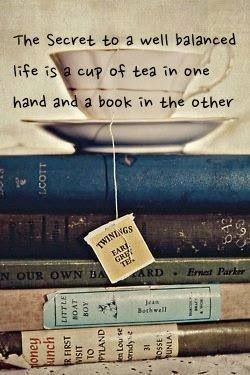














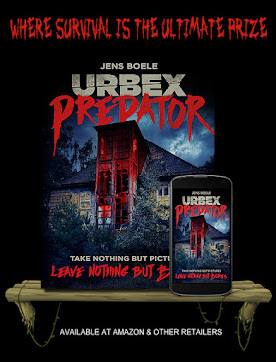


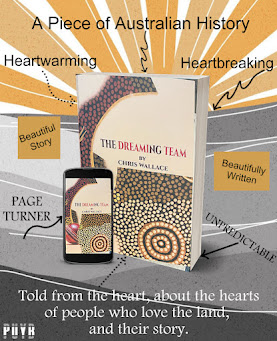





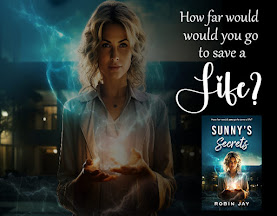

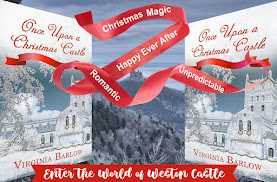


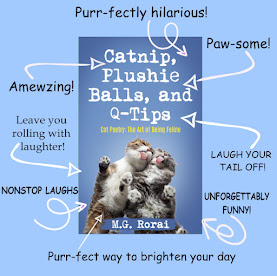





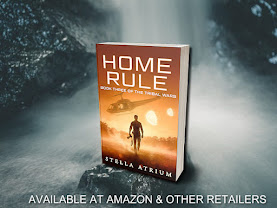




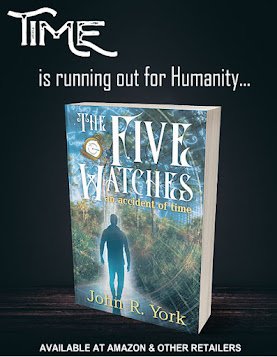










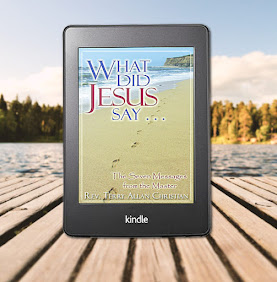






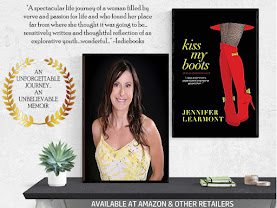


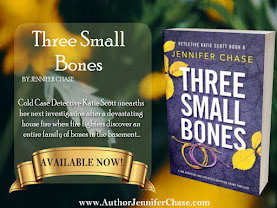

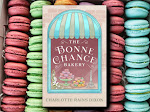
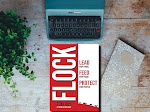


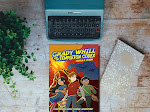







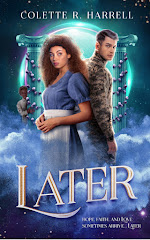
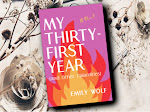



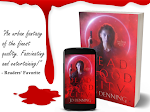


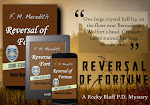









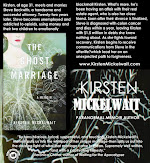

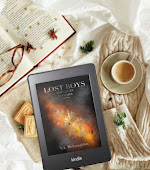
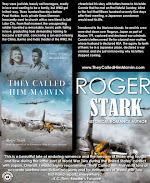

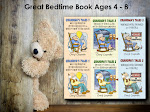

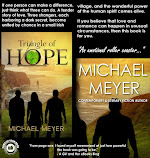
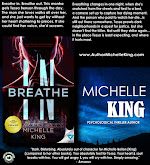
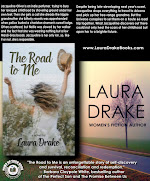


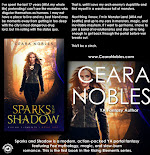
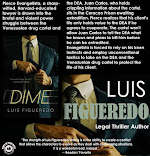

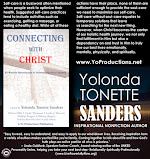


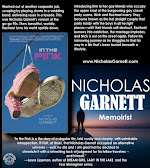


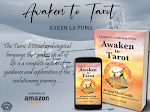
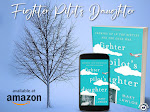
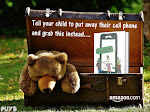




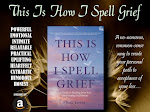
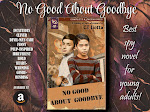


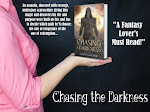
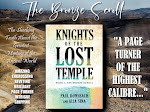


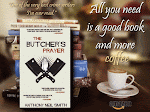
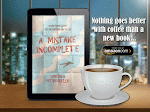
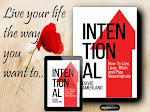
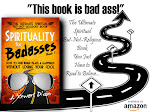

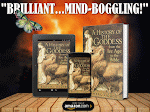

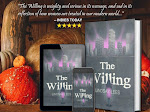
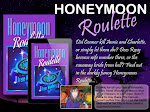
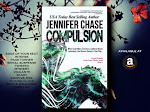
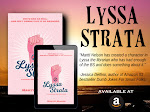
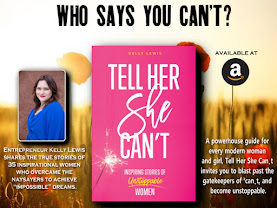









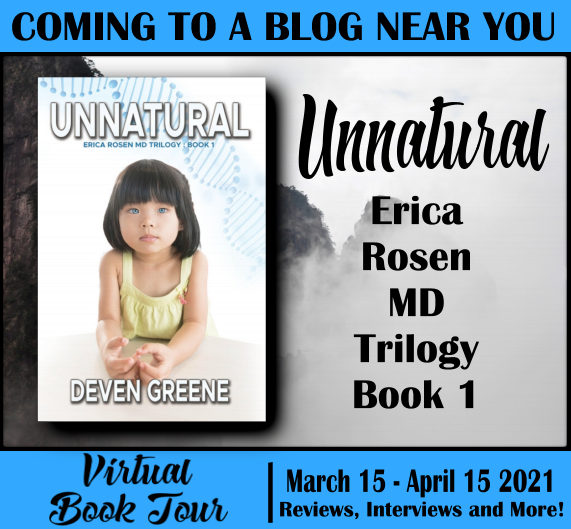

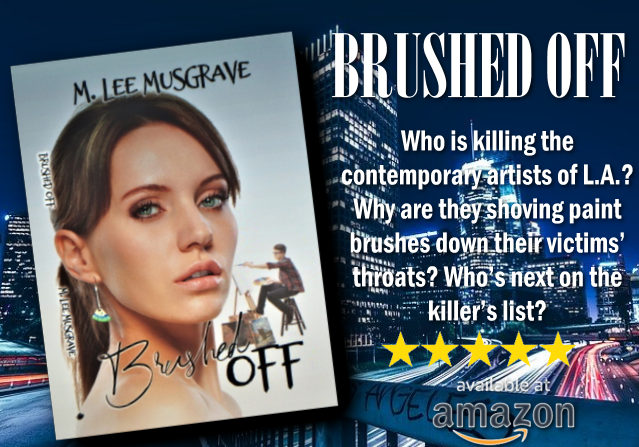


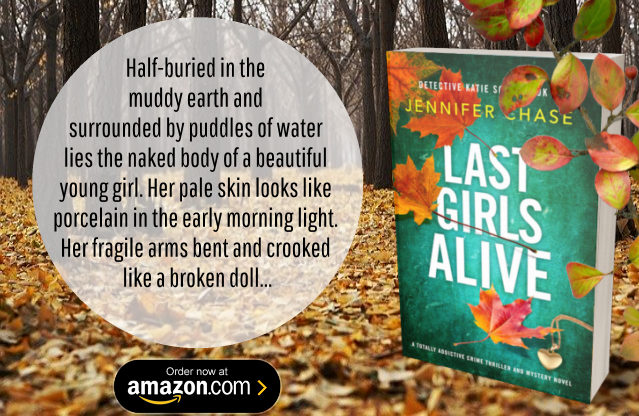
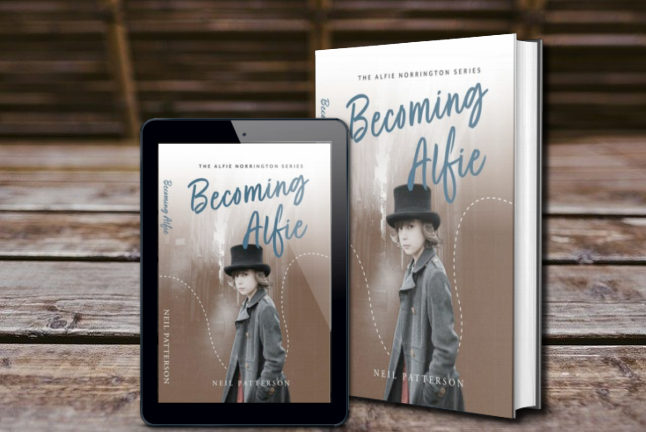


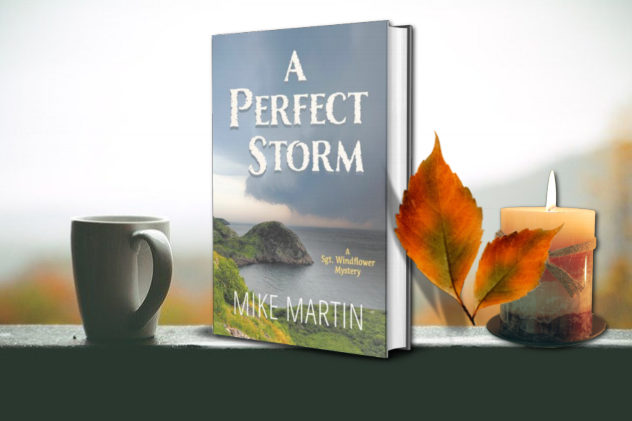
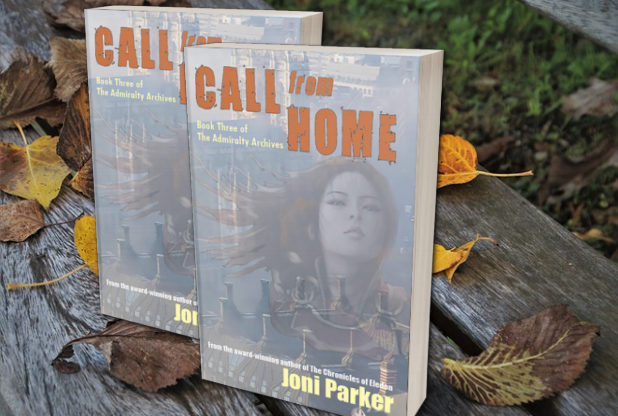
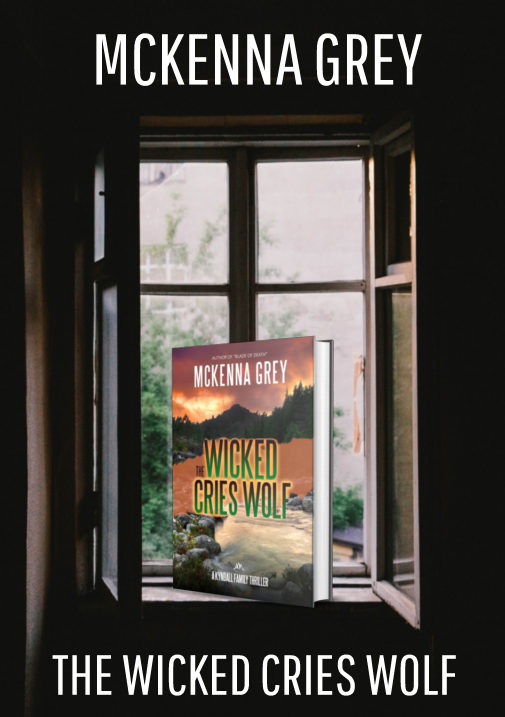


Leave a Comment